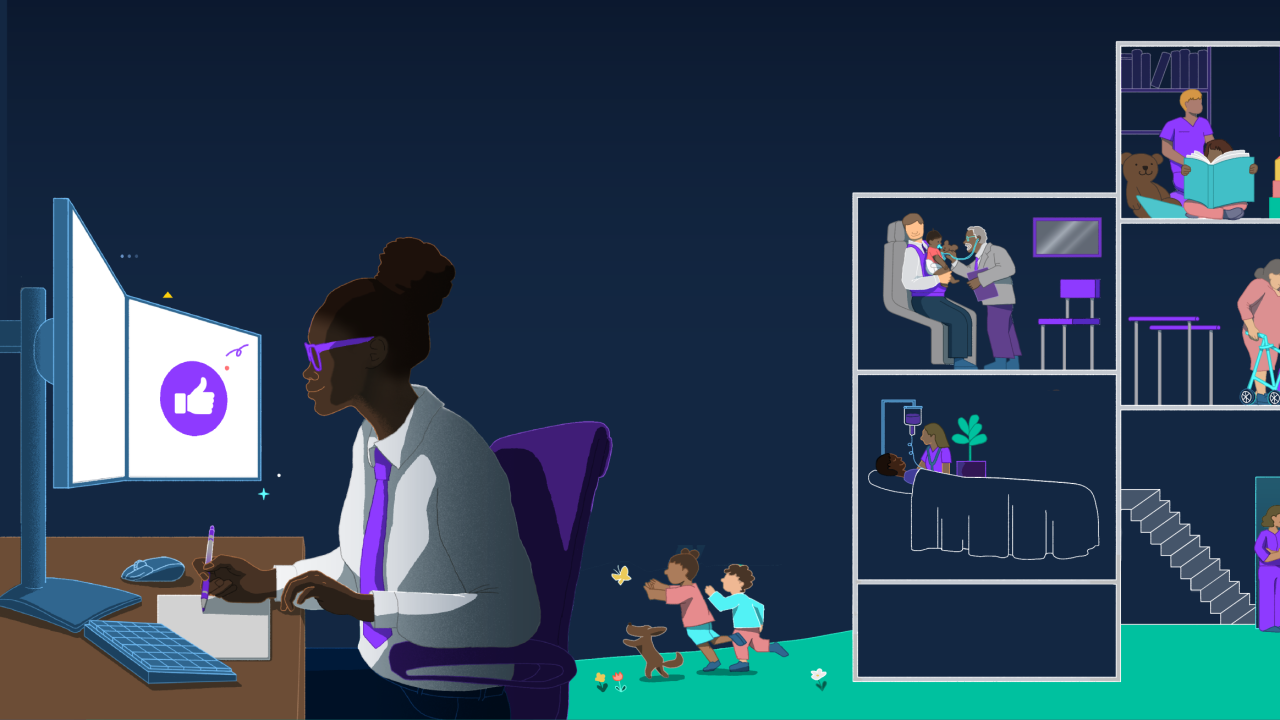Companies are
This isn't a personal failure on the part of those employees; instead, it represents a fundamental failure in
Among employees who don't use all of their benefits, 32% cite that they
Read more:
This uncertainty isn't surprising given how benefits are typically presented. Dense enrollment packets, scattered communication across multiple platforms and jargon-heavy explanations create cognitive overload for workers already juggling demanding workloads and personal responsibilities. Consider the typical open-enrollment experience: employees receive a 47-page PDF benefits guide, attend a one-hour presentation covering dozens of options, then have two weeks to make decisions that will impact their finances for the entire year.
To overcome these barriers, benefits leaders can adopt design-led strategies that prioritize the user experience. By removing friction, companies can make participation the easiest choice for their employees. Consider the following steps:
1. Start with smart automation
Employers can leverage technology to pre-fill forms, automate reminders and personalize recommendations. Tools like AI-powered chatbots can provide quick, accurate answers to common benefits questions, while automated eligibility checks can simplify the enrollment process.
2. Level up with simplification
Streamline benefits offerings and communication. Instead of overwhelming employees with a dense benefits guide, break down complex information into digestible, plain-language segments. Easy-to-understand decision trees and simplified enrollment interfaces can guide employees toward the right choices without cognitive overload.
Read more:
3. Deliver with proactive communications
As our survey found, 64% of employees would still like more proactive communication and education. It's clear that the solution is to anticipate employee needs and provide timely, relevant information. Shift away from reactive support, like waiting for an employee to ask a question and instead find moments to provide personalized guidance before employees know they need it. Targeted emails or notifications before key deadlines can prevent procrastination, while personalized educational content can build confidence in an employee's financial decisions.
These strategies aren't just about making a process "nicer" but about fundamentally shifting employee behavior by reducing the cognitive load. When benefits systems are intuitive and support is readily available, engagement naturally increases. The goal is to make the default behavior one of participation, not avoidance. By removing decision-making friction and providing clear guidance, companies can transform benefits from a yearly chore into an ongoing resource that employees actively leverage for their financial well-being.
Read more:
How to prove the strategy is working
Implementing design-led strategies is an investment, so it's important to measure their impact. Here are some key metrics benefits leaders should consider tracking:
- Enrollment and utilization rates: Track not just sign-ups, but active usage. What percentage of employees are enrolling in key benefits like 401(k)s, health savings accounts or wellness programs? Are employees actively engaging with mental health resources or financial coaching?
- Time-to-value. Measure how quickly employees access benefits after becoming eligible.
- Employee feedback. Conduct targeted surveys to see if employees perceive the benefits experience as easier to navigate and if they feel more confident in their choices.
The benefits landscape is shifting toward user-centered design and companies that ignore this trend risk losing competitive advantage in talent attraction and retention. Your clients won't get credit for the benefits they offer if their employees don't even know they exist. While competitors struggle with complex enrollment processes and confused employees, organizations that prioritize intuitive benefits experiences will differentiate themselves in the market.
The path forward is straightforward: Audit current benefits communication and enrollment process from an employee's perspective. Identify the biggest friction points, implement one design-led improvement and iterate based on results. The companies that make benefits participation effortless today will build stronger relationships with their workforce and see the compounding benefits of improved employee financial wellness over time.






